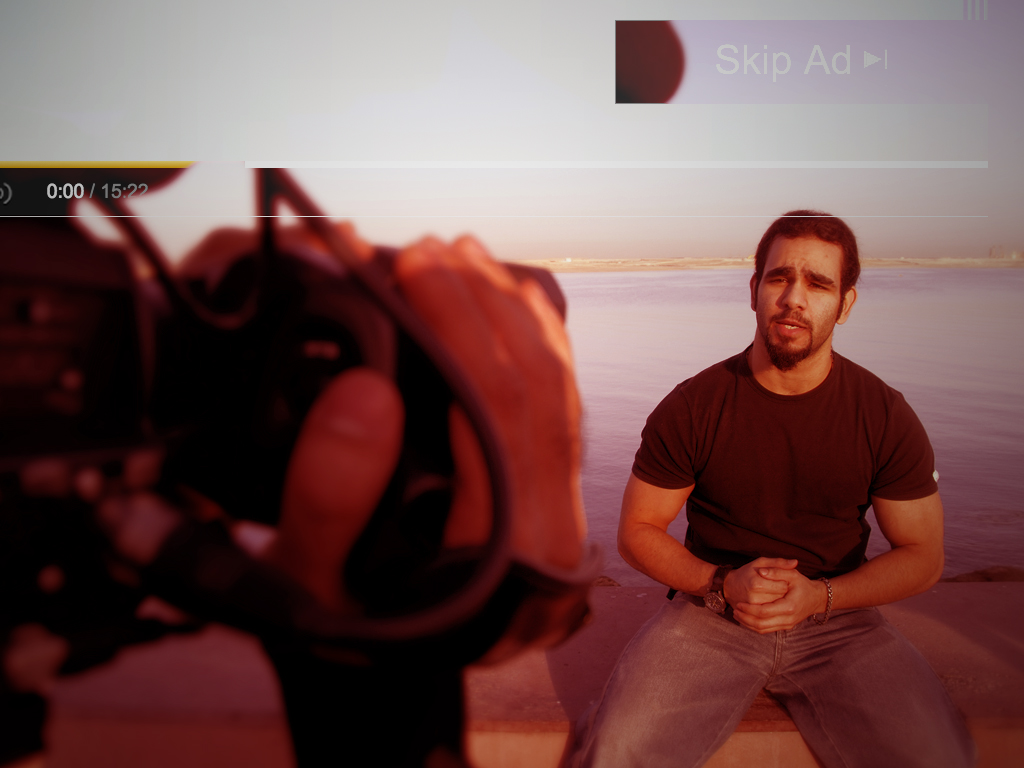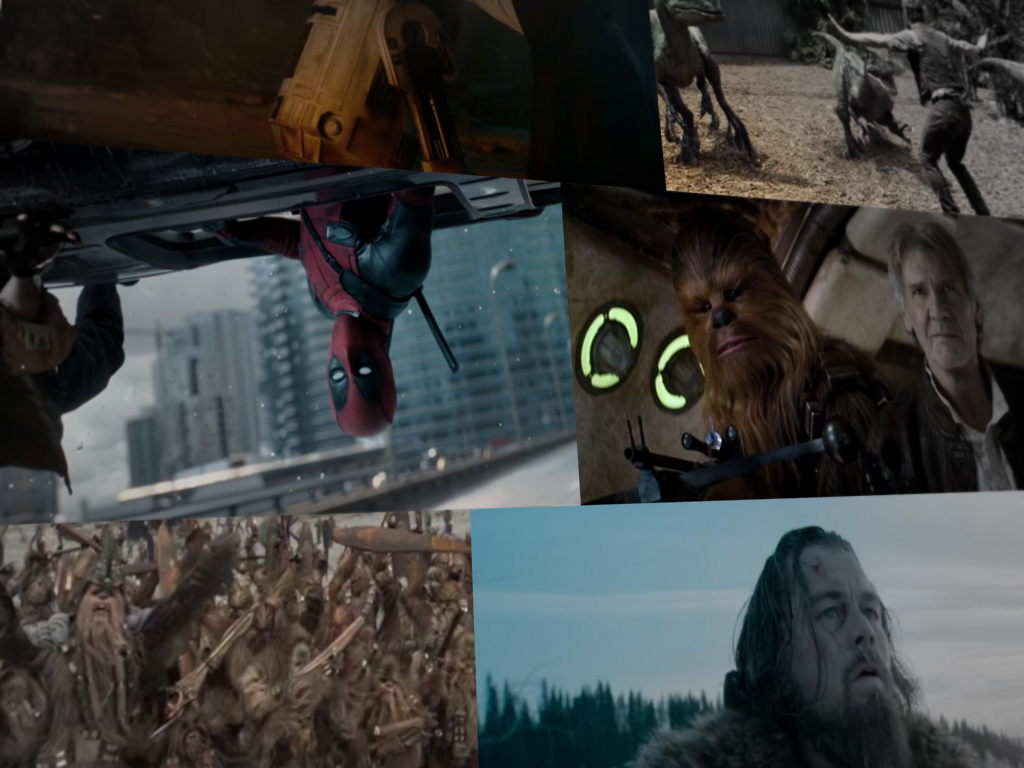Sometimes you need to step back – way back – to get a different perspective on the challenges and opportunities facing marketers today. That’s how I recently discovered some strategic insights about desktop and mobile video, 360-degree video and virtual reality (VR), as well as live video from a provincial capital of ancient Rome.
Here’s the backstory: Last month, my wife and I spent a couple of weeks in Southern France. One of the places that we visited was Arles, a city on the Rhone River that inspired more than 300 paintings and drawings by Vincent Van Gogh. But, Arles was also a provincial capital of ancient Rome, and we visited a couple of sites from that era, including a theater, an amphitheater, and a circus.

The Arles Roman Theater, which featured comedies and dramas, had seating for 8,000. The Arles Amphitheater, which featured violent confrontations between wild animals as well as gladiators, had seating for more than 20,000 spectators. And the Roman circus in Arles, which featured chariot races, also had a seating capacity for 20,000 spectators. And this was for a relatively small, provincial capital of Gaul, not the big city of Rome!
Audiences appreciate variety
What’s significant is that all three of these Roman venues of ancient entertainment existed at roughly the same time. Newer settings didn’t replace older locations. In other words, different formats continued to be suitable for different types of entertainment — or, at least, what passed for entertainment 2,000 years ago.
Today, the theater, which was built back around the time when Augustus was the Roman Empire’s first emperor (from 27 BC until AD 14), is still used in the summer for plays. The amphitheater, which was built in the first century BC, is still used for bullfighting. And the circus is now the location of a museum, but one can easily imagine it still being one of the Formula One circuits.
In other words, people still go to different places to watch different types of entertainment. And no one expects to see Grand Prix motor racing or a bullfight on a theater’s stage. Nor do they expect to see a group of actors or bullfighters running around a Formula One circuit. So, people understand what each type of entertainment is best suited for and which ones to watch in different situations.
So, what lessons can marketers learn from this provincial capital of ancient Rome?
Most of us started creating content for audiences that watched our videos on their desktops or laptops. Now, our audiences are watching our edited videos or live streams on smartphones, tablets, game consoles, smart TVs, Cardboard viewers, or even virtual reality systems such as Oculus Rift.
And after Twitter announced that it was going to kill off Vine, I can’t tell you the number of times I’ve been asked: Which one of these other types of video will eventually replace all the others?
Well, let’s check out which one of the various types of entertainment eventually won out in Arles. Oh, wait, all the entertainment options of that era co-existed simultaneously for close to 500 years. So, maybe this assumption that one new form of video content will eventually replace all the others is what really needs to be re-examined.
The ancient Romans didn’t stop going to the theater when gladiatorial contests and chariot races came along. And that was true out there in the provincial capital of Gaul as well as in Rome, which was the largest city in the world circa 100 BC to 400 AD.
Flexible formats
So, figure out what story you plan to tell, the spectacle you plan to create, or event you plan to hold. Then, recognize that some types of video are more appropriate for different situations. For example, consider what NBC did for the Rio 2016 Olympic Games…
For a great story, with a beginning, a middle, and an end, then an edited video — which can be watched on a desktop, mobile, or tablet device — is perfect. For example, the video with the most views BEFORE the Rio Olympics began was “Samsung Official TVC: ‘The Anthem’ — Rio 2016 Olympic Games.” Uploaded on Thursday, July 21, it currently has 29.0 million views and 38,800 engagements.
https://www.youtube.com/watch?v=tBxMpuiBO7Q
For live events, where outcomes are in doubt, then live video is perfect. For example, NBC provided 4,500 hours of live streaming at the 2016 Rio Olympics. And, NBC’s digital presentation of the 2016 Rio Olympics broke previous consumption records.
- Across NBCOlympics.com and the NBC Sports app, there were a record 3.3 billion total streaming minutes – (Live + Full Event Replays + Highlights)
- Viewers live streamed 2.71 billion minutes of Olympic coverage – a new record for event coverage.
- The 2.71 Billion live minutes nearly doubled the COMBINED live streamed minutes of ALL prior Games (1.48 Billion).
- NBC Olympics digital coverage amassed 100 million unique users – 29% more than the 2012 London Olympics.
- More than 50% of viewers live streaming Olympic events on NBCOlympics.com and the NBC Sports app were under 35 years old.
And even if you don’t have a spectacle like a couple of wild animals or gladiators trying to kill each other, you can still leverage 360-degree video, which lets viewers see a video from every angle just by swiping or moving the phone or tablet around – without a headset. You can also leverage VR, which takes the 360-degree video experience a step further by adding the feeling of immersiveness – when viewed with a VR headset. NBC gave people a hint of things to come by letting them experience the Rio Olympics in virtual reality as well as by letting them watch 360-degree basketball highlights or 360-degree closing ceremony highlights.
Now, before you follow suit by investing in this technology, here are some questions to consider:
- Will 360-degree video or VR give viewers an experience that they otherwise couldn’t have?
- Could you give shoppers a better feel for your product?
- Will your recording environment be rich with things to see?
- Will viewers want to continue watching beyond the initial “That’s cool” moment?
The net-net: In the world of online video, different platforms can co-exist quite comfortably for a long, long time. Who knows, some could even co-exist for hundreds of years.


